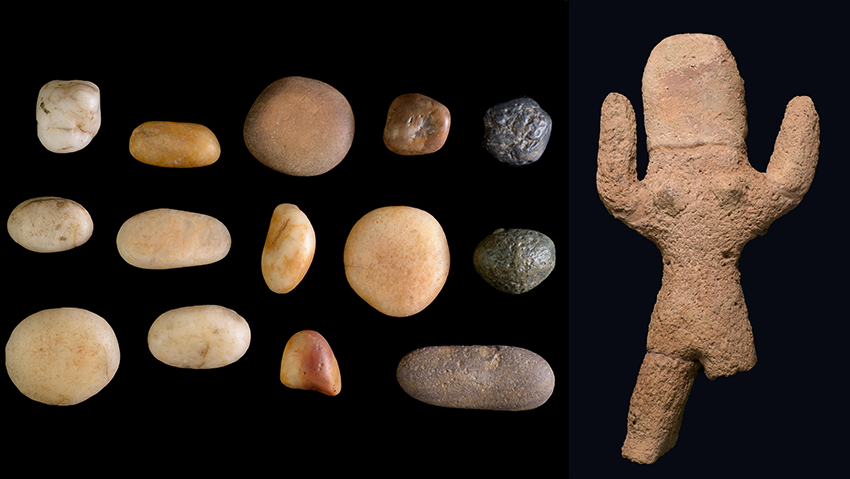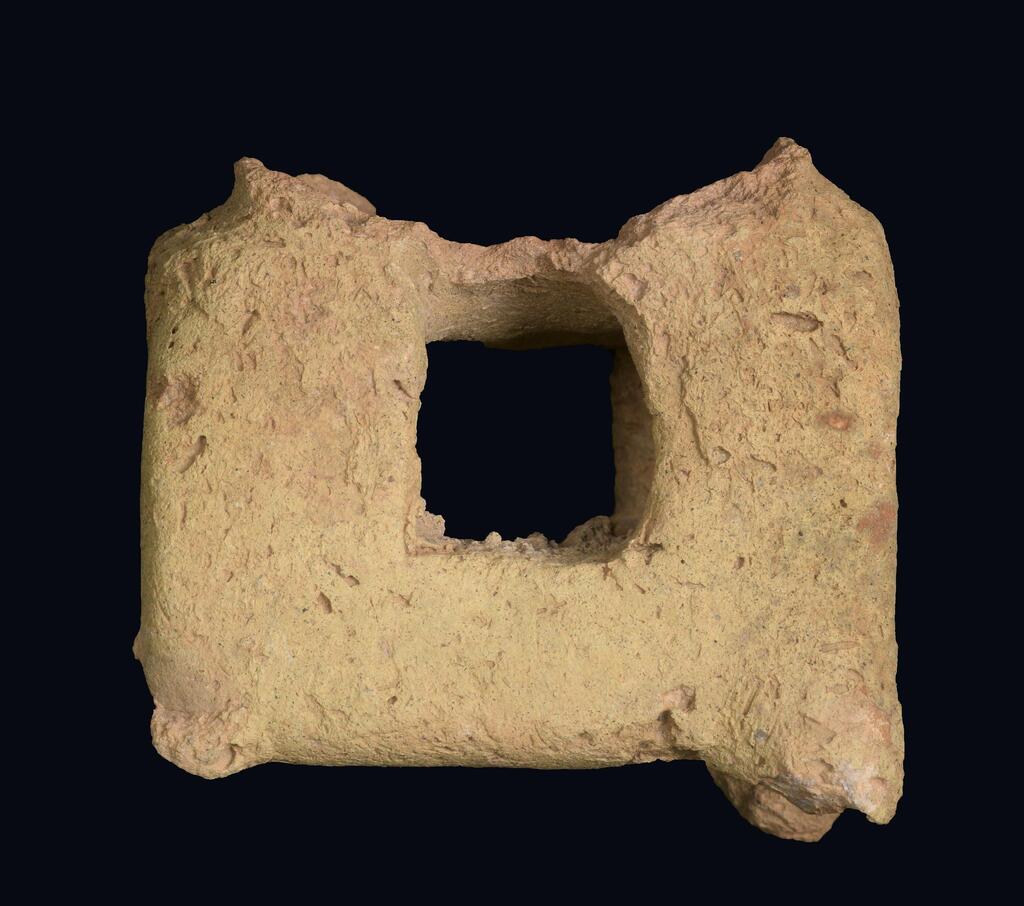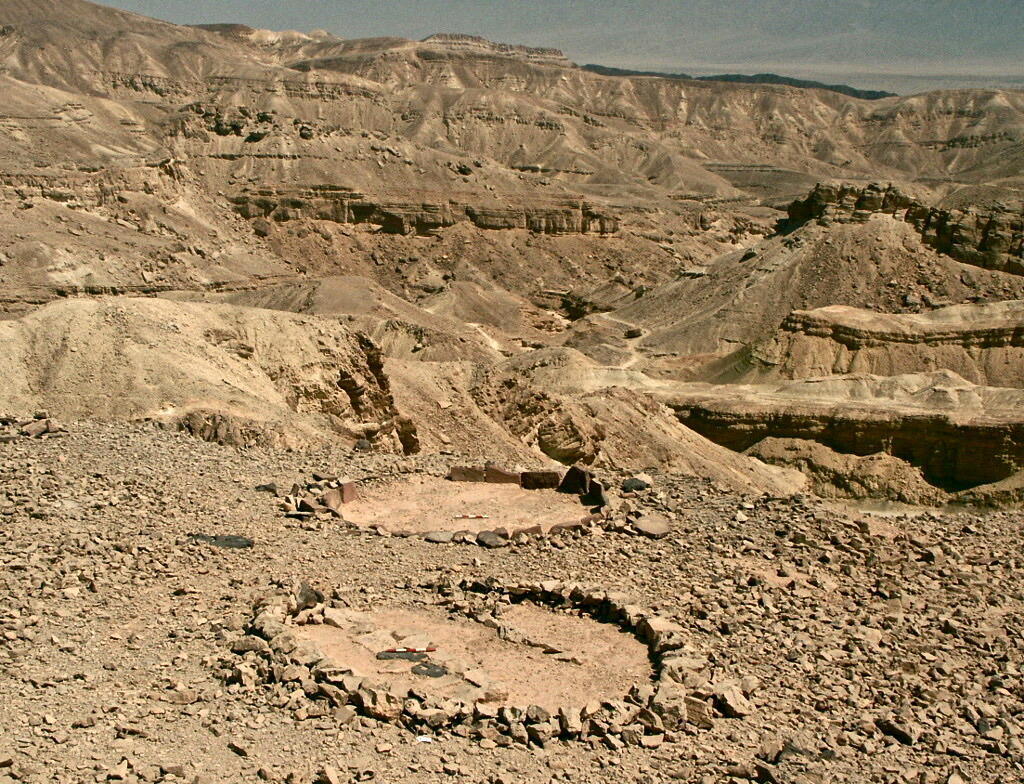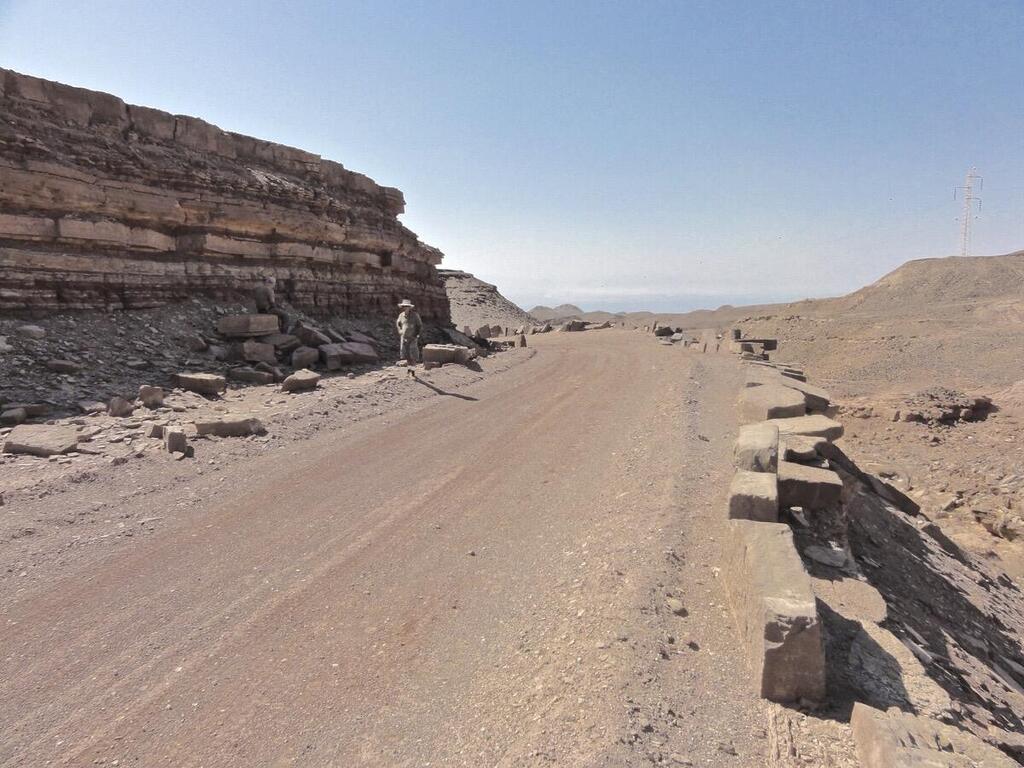Getting your Trinity Audio player ready...
About 400 years ago, Muslim pilgrims on their way to Mecca from Egypt for the Hajj, would participate in mystic ceremonies performed by Eilat-based mages approximately, a new Israeli study has found. The study was undertaken by Israel Antiquities Authority's Dr. Itamar Taxel, Dead Sea-Arava Science Center's Dr. Uzi Avner and Hebrew University's Dr. Nitzan Amitai-Preiss. It was published in Journal of Material Cultures in the Muslim World.
More stories:
The researchers examined objects discovered during the late 1990s at an archaeological site in Eilat's mountains. They assume the objects were used for mystic rituals and to ward off evil spirits and heal sickness. "This discovery teaches us that, like today, aside from their official religion and beliefs, people in the Ottoman period also used mages," according the researchers.
“The artifacts were discovered by Moti Shemtov, a resident of Eilat and, subsequent to these finds, an archaeological excavation was directed at the site by Uzi Avner and Asaf Holzer, on behalf of the Israel Antiquities Authority. The group of finds is associated with rituals or ceremonies and comprises predominantly dozens of fragments of clay globular rattles, mostly similar to table tennis balls, containing small stones, that sound when the rattle was shaken," they said.
"In addition, two artifacts similar to miniature votive incense altars, a small figurine of a naked woman or a goddess with raised hands, a characteristic feature of deities or priests, a few other figurines, and colored quartz pebbles. The examination of the clay used for the ceramic artifacts has shown that these artifacts came from Egypt. This is the first time that such a large assemblage of ritual objects of this kind has been found, and it is even more unique at a temporary site and not a permanent settlement,” according to the researchers.
4 View gallery


Figurine and colorful quartz pebbles
(Photo: Clara Amit, Israel Antiquities Authority)
The artifacts were found along the pilgrimage route that runs from Egypt through the Sinai peninsula, the mountains of present-day Eilat, the Jordanian city of Aqaba and the Arabian peninsula. This route was in use from the first centuries of Islam, which started in the seventh century, until the end of the 19th century.
“The find-spot of these artifacts next to the camping site, and the comparison of the artifacts to those known in the Muslim world, as well as the fact that these artifacts were found together as a group, lead to the understanding that they were used in magical rituals. The artifacts were found broken, and they may even have been purposely broken in the ceremonies. It seems that these rituals were carried out at the site by one or several people who specialized in popular magical ceremonies," according to the researchers.
4 View gallery


Earthenware miniature altar used for burning incense
(Photo: Clara Amit, Israel Antiquities Authority)
"From the literary sources, we know that there was a demand for magical rituals among people from different strands of society. Such rituals were carried out daily alongside the formal religious rituals –including in the Muslim world – and it is probable that the pilgrims making their way to the holy cities of Mecca and Medina were no exception,” added the researchers.
4 View gallery


Excavation site in Southern Israel
(Photo: Dr. Uzi Avner, The Dead Sea-Arava Science Center)
According to Dr. Omry Barzilai, Southern Regional archaeologist of the Israel Antiquities Authority, "the Darb el-Hajj (Pilgrimage) Road runs through the municipal boundaries of Eilat. The road and adjacent archaeological sites are to become part of a unique regional archaeological-touristic area promoted by the Ministry of Tourism. The Israel Antiquities Authority will undertake the development and accessibility of the road and intends to organize educational activities for the public emphasizing its cultural heritage role”.
“In the Israel Antiquities Authority, we make great efforts to research and publish finds from previously unpublished excavations that were carried out in the past," said Eli Escusido, director of the Israel Antiquities Authority.


